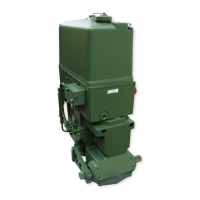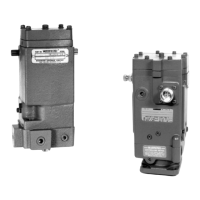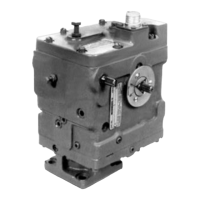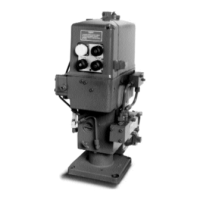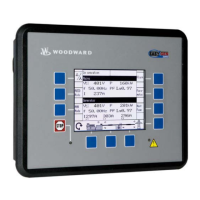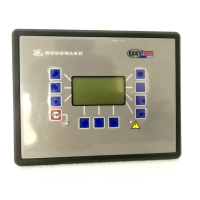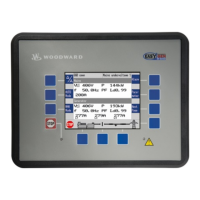What to do if the Woodward EGCP-2 Controller contactor closes briefly and then opens?
- AAshley BrownAug 31, 2025
If the contactor closes for a brief moment and then opens, consider the following: * The C B CONTROL set point in the configuration menu might be set for BREAKER. Appropriately set the C B CONTROL set point in the configuration menu. * The C B HOLD TIME set point in the synchroscope menu might be too short. Increase the C B HOLD TIME set point in the synchroscope menu. * There could be faulty wiring on the C.B. Aux contacts. Verify the wiring of the C.B. Aux contacts to the EGCP-2 input.





